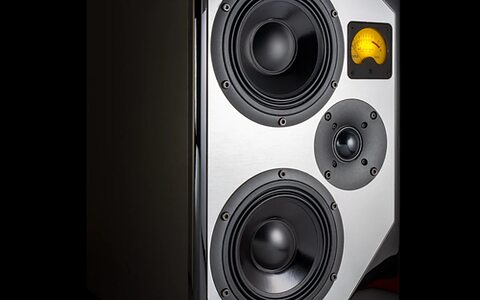
NAMM 2021: Daking add transformer option to twin preamp
The Mic Pre II is now available with transformer-balanced outputs.

The Mic Pre II is now available with transformer-balanced outputs.

Latest generation of subs boasts an extended LF extension and improved reflex port design.
A subharmonic is a component of a periodic wave which has a frequency lower than the declared fundamental. As an example, a component with half the frequency of the fundamental would be the second subharmonic, and whereas the harmonic series are defined by the arithmetic multiplication of the fundamental frequency, subharmonics involve the arithmetic division of the fundamental frequency. Subharmonics can be generated by using special playing techniques in a few musical instruments (such as overblowing on some wind instruments), but are more often created artificially, if required.
A transient is a short-duration non-tonal, non-periodic sound element, usually of high amplitude and typically comprising high-frequency components. In the case of sounds generated by musical instruments, transients inherently present at the beginning of tonal waveforms are often critical to the instrument's aural signature and recognition. Transients can also be caused by a variety of fault conditions, such as incorrect clocking in digital systems.

The newest release from the established Russian mic brand is a handheld vocal capacitor microphone.

Compact consoles feature multitrack USB interfacing, direct-to-SD recording, and a built-in effects section.

New stereo width plug-in combines powerful processing with ease of use.

The new Zen Go is a compact, bus-powered interface that features Antelope's now-familiar Synery Core processing engine.

Bass-amp brand Ashdown's new monitors aim to offer a modern take on the classic BBC LS3/5a.

Royal Mu compressor and Royal Q equaliser join the APB module line-up.